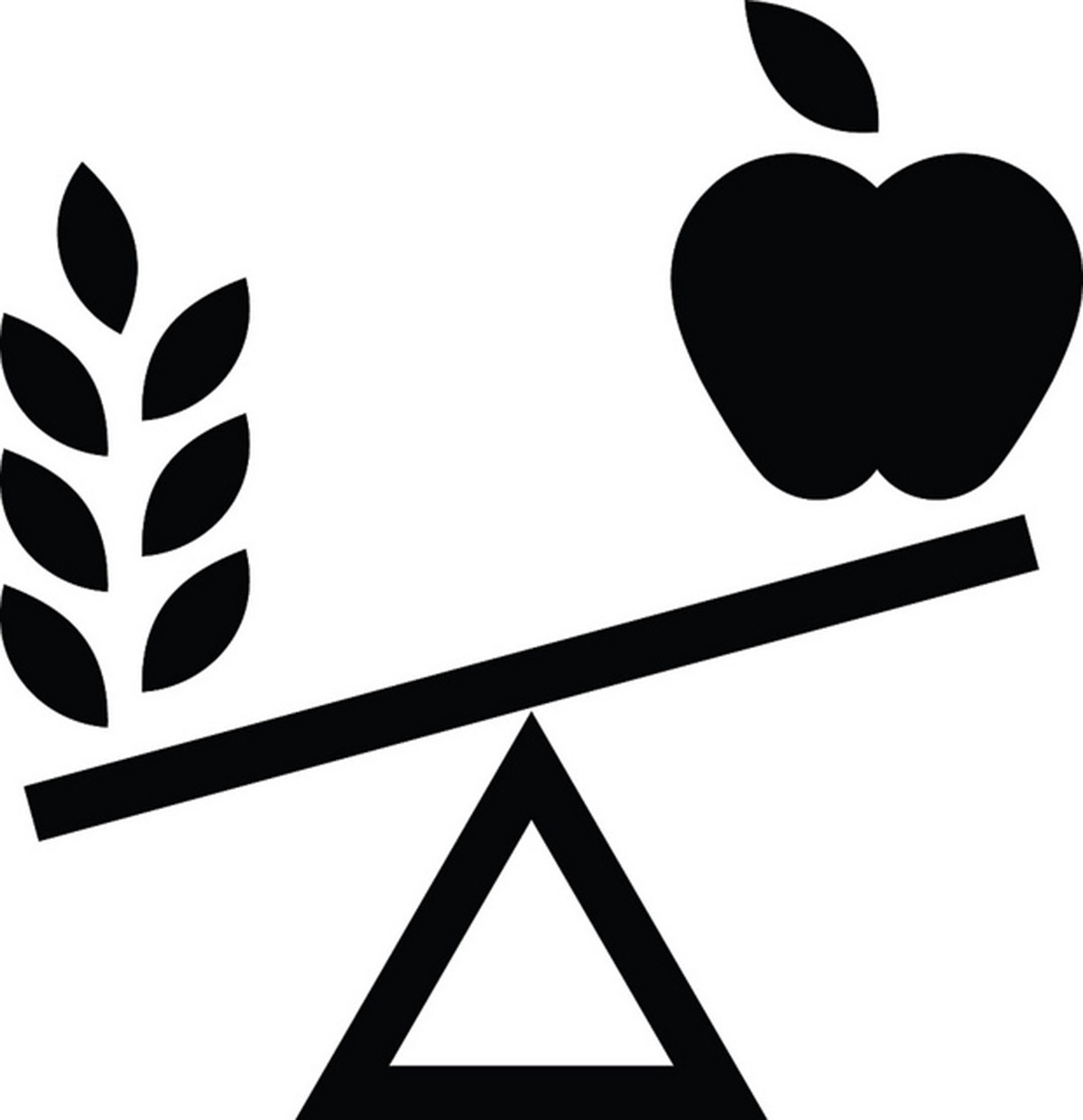The World Health Organization defines malnutrition as an imbalance between the dietary supply of specific nutrients and the body's demand for them for growth, maintenance, and specific bodily functions. It can be very easy to remedy nutrient deficiencies with nutritional supplements and changes in diet, but first it is necessary to recognize which nutrients are in short supply.
Pale skin can indicate an iron deficiency. It's important not to treat iron deficiency by taking supplements unless it has been confirmed by a blood test (due to the fact that some people have iron overload diseases but still get symptoms of anemia), but iron deficiency can also cause physical fatigue in adults and difficulty with mental tasks in teens.

Falls and fractures can indicate deficiencies in the nutrients needed for healthy bones. Not only calcium, but also magnesium, zinc, boron, vitamin D, and vitamin K are necessary for bone health. Calcium deficiency is seldom the only problem with brittle bones.
Goiter, a swelling in the throat, along with sensitivity to cold weather and a tendency to gain weight even when eating less can be caused by a deficiency of both iodine and selenium. Both of these micronutrients are necessary for thyroid health. Extreme deficiencies of iodine and selenium can cause Kashin-Beck disease, in which cartilage deterioriates. This condition, which occurs in parts of China where the soil is unusually low in iodine and selenium content, also causes morning joint pain and limited range of motion in many joints.
Pellagra, a disfiguring skin rash that is never itchy, is caused by a deficiency of niacin, vitamin B3. Actual niacin deficiency is rare in North America and Europe, but is not unknown in Africa and Asia.
Perifollicular hemorrhage, the appearance of little red spots when the skin bleeds around hair follicles, is a symptom of vitamin C deficiency. If the deficiency is not treated, it can progress to cause tooth loss, bleeding gums, dementia, and death. It doesn't take much vitamin C to correct the deficiency, less than 100 mg a day can make a huge difference. That's the equivalent of a low-dose vitamin C supplement or a couple of pieces of fruit.
The apperance of tiny red spots on the tongue is a possible symptom of vitamin C deficiency. However, redness of the tongue can also result from iron, folic acid, niacin, pyrodoxine, vitamin A, and zinc deficiencies. In North America, the most common deficiencies are vitamin A and zinc, since iron and the B vitamins are added to flour used in commercial baked goods. Small children who do not get enough vitamin A and zinc are especially susceptible to viral infections.
READ Supplements and the The Nutrition Pyramid
A lemon-yellow tint of the skin and a glossy, shiny, smooth appearance of the tongue can indicate vitamin B12 deficiency, especially in people past the age of 60. Some older people lose the ability to make the hormone that the digestive tract needs to absorb vitamin B12. Taking supplemental vitamin B12 can help, but only after getting a vitamin B12 shot. Failure to treat the deficiency can result in a condition called pernicious anemia.
More Hidden Clues to Diagnosing Nutritional Deficiencies

Sometimes infants develop a distressing condition called acrodermatitis enteropathica, which causes bright red itchy rashes around all of the body orifices and hair loss. This condition is caused by a deficiency of zinc, which is in turn due to a genetic condition that makes it difficult for the body to absorb zinc from food. The problem is usually treated with zinc supplements.
Taking too much zinc, however, can lead to a deficiency of copper. The problem arises from the body's use of the same transporter proteins for both copper and zinc. When someone takes a very high dose of zinc (over 75 mg a day for over two weeks), the body is unable to absorb adequate copper.
In very, very rare cases, copper deficiency can be caused by a genetic condition known as kinky hair disease. Boy babies (but not girls, who can be carriers) can develop fatal copper deficiency due to an inherent ability of the body to absorb the nutrient. Copper deficiency is also sometimes a side effect of batriatric (gastric bypass) surgery.
Treating copper deficiency is not usually difficult. First of all, it's absolutely essential to stop any overdose of zinc. No more than 15 mg of zinc is permissible. Then it is necessary to take a copper supplement in a dosage of 1 to 3 mg a day for several months.
READ Pros and Cons of the Vegan Nutritional Style
Sometimes it's not a good idea to take nutritional supplements. Overdoses of selenium can cause hair loss and brittle nails, but usually because the wrong kind of selenium is included in the supplement. Inorganic selenium (selenate and selenite), the kind of selenium found in rocks, tend to be more toxic than organic selenium (selenomethionine and selenocysteine), the kind of selenium found in food. If you take selenate or selenite, be especially careful not to take too much.
- Brooks M. Iron Deficiency Linked to Psychiatric Disorders in Kids. Medscape Medical News. Available at http://www.medscape.com/viewarticle/806778. Accessed 4 October 2015.
- de Romana DL, Olivares M, Uauy R, Araya M. Risks and benefits of copper in light of new insights of copper homeostasis. J Trace Elem Med Biol. January 2011. 25:3-13.
- Photo courtesy of The Noun Project: www.flickr.com/photos/thenounproject/6026641793/
- Photo courtesy of USDAgov: www.flickr.com/photos/usdagov/6276690879


Your thoughts on this